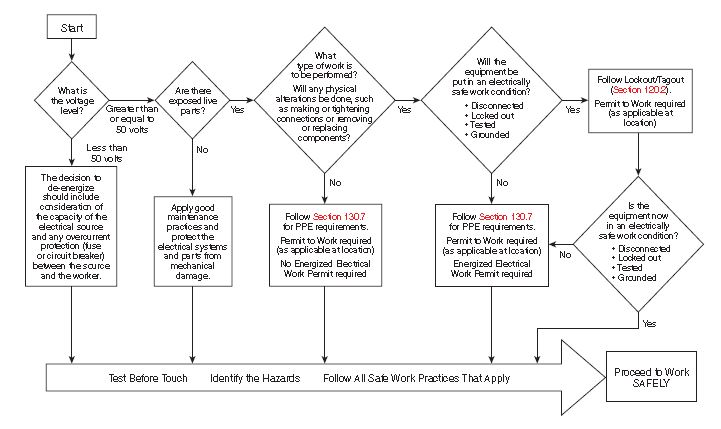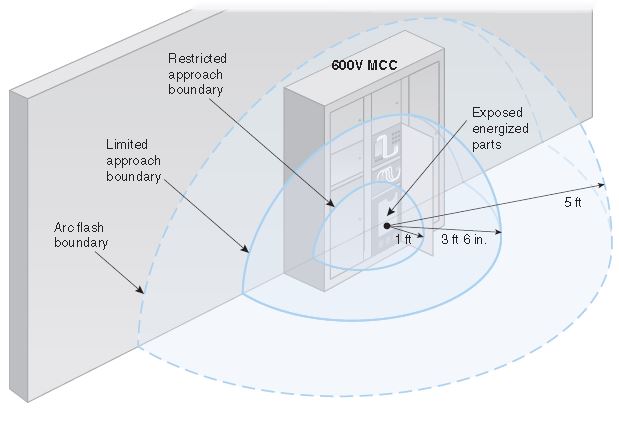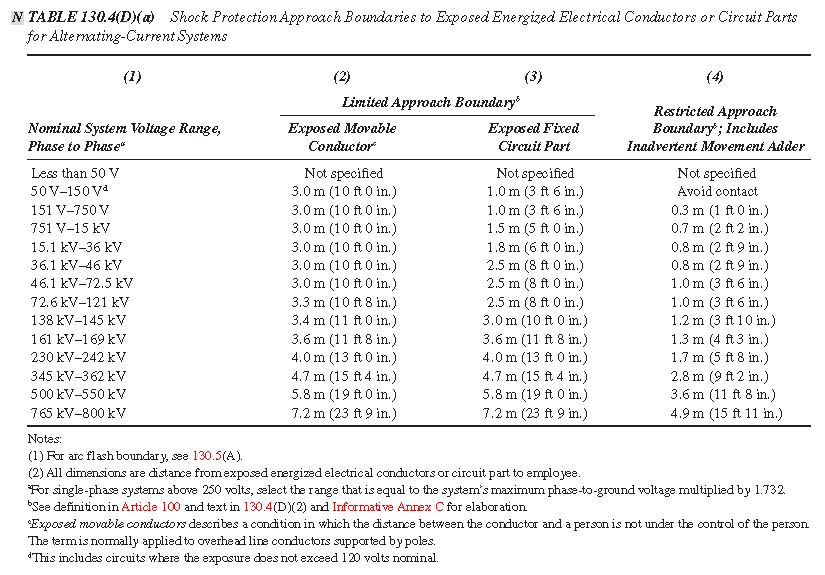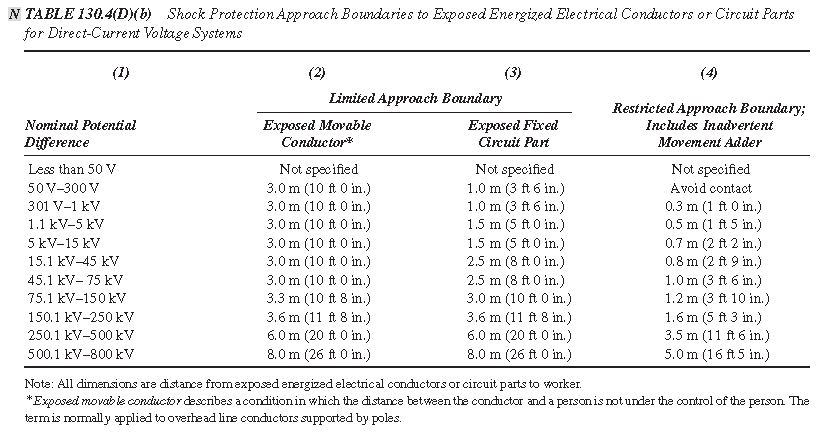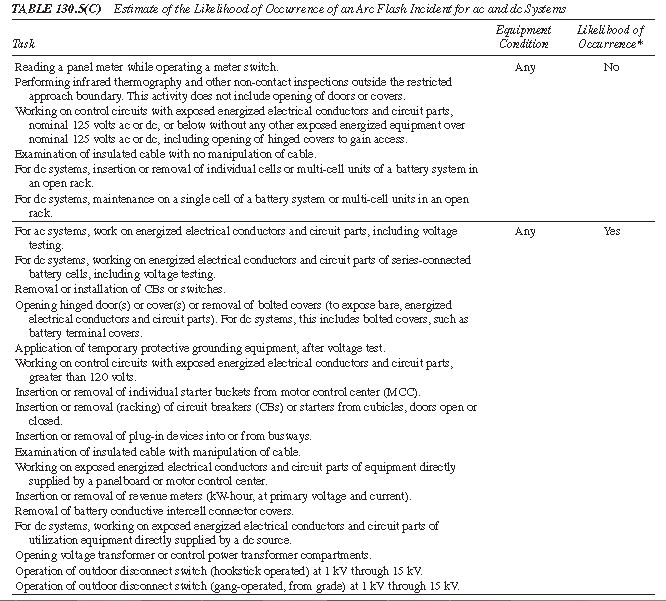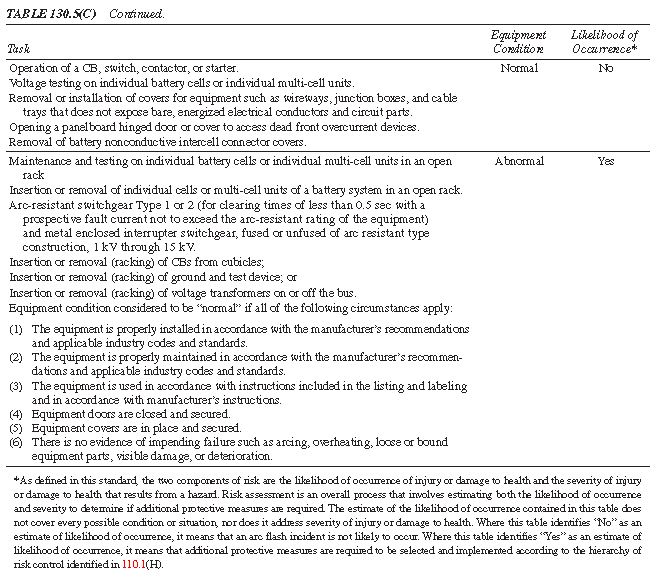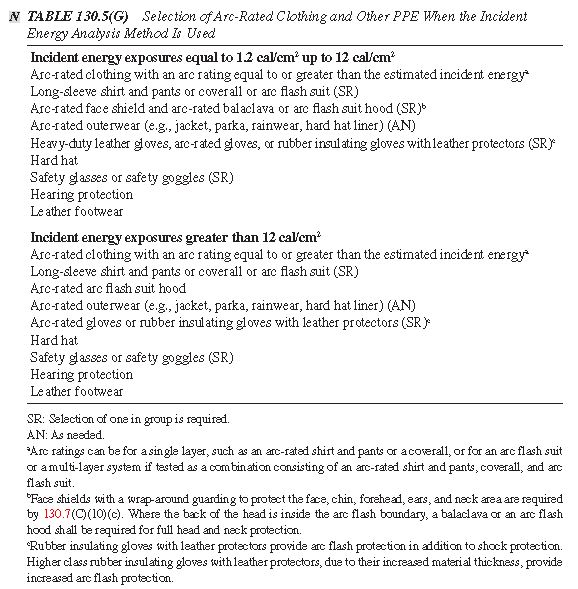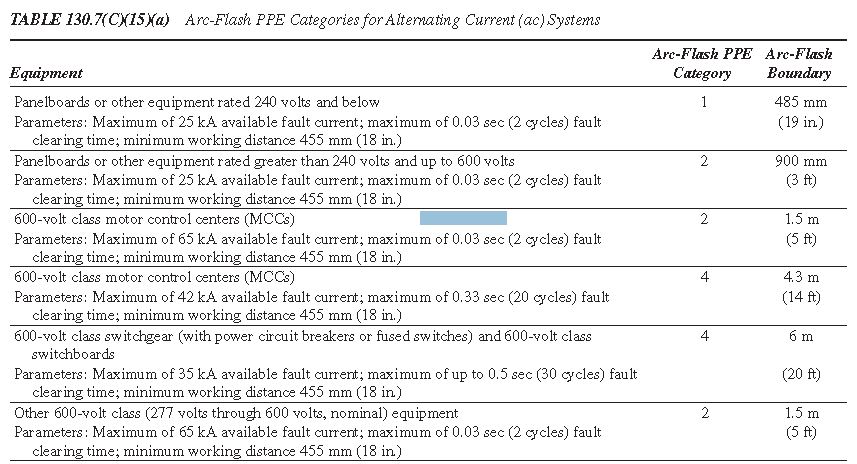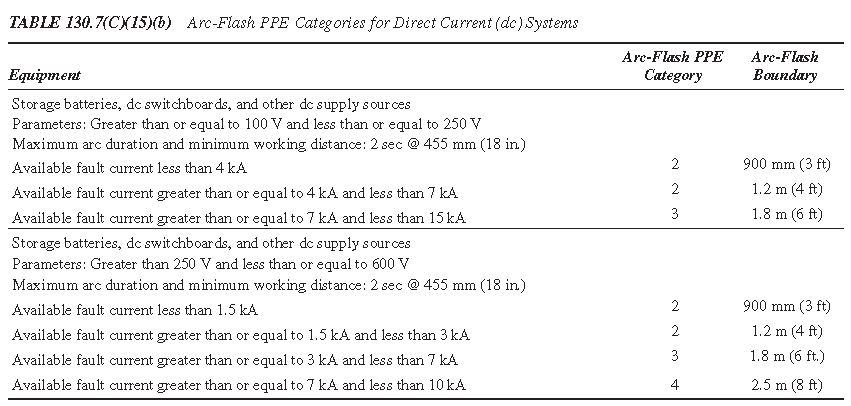Title Page
-
Location
Job Safety Analysis JSA
Participation
-
I AM LEADING A JSA OR DAILY TOOLBOX TALK TODAY.
-
I AM SKIPPING TODAY'S JSA and DAILY TOOLBOX TALK
-
Leads FIRST AND LAST NAME you are joining today.
DAILY TOOLBOX TALK (READ the assigned Daily Toolbox Talk you received in your email on Friday. Signing this JSA will acknowledge your participation in the Toolbox Talk.) Call me if you have any questions. Thanks Mike
-
SELECT THE DAILY TOOLBOX TOPIC YOU READ AND DISCUSSED WITH THE CREW TODAY.
- Task Planning...FRI 5/24
- Lifting and Rigging TUES 5/28
- Flash Flood Alert WEDS 5/22
- Tornado Safety THUR 5/23
- Tornado Safety II FRI 5/24
- Other
- Travel Safety MON 6/3
- Driver Conduct...TUES 6/4
- Extension Cord WED 6/5
- Sun Cancer...THUR 6/6
- It won't happen...FRI 6/7
-
DAILY TOOLBOX TOPIC DISCUSSED
Safety Equipment Required
-
Select the safety equipment(s) required for the job, then select DONE
- Hard Hat
- Face Protection
- Eye Protection
- Ear Protection
- Hand Protection
- Hi Viz
- Protective Clothing
- Steel Toe Boots
- Fall Arrest
HOT WORK
-
Are you performing Hot Work today?
-
Have you obtained a HOT WORK PERMIT?
-
Do you need a HOT WORK PERMIT for documentation purposes?
HOT WORK PERMIT / CHECKLIST
-
Description of hot work
-
Available sprinklers in automatic mode and valve open.
-
Hot Work equipment in good repair.
-
ASSESS 35 FT RADIUS FOR FIRE HAZARDS:
-
Work level and below, cleaned or protected.
-
Combustibles and flamables removed or shielded from sparks.
-
Clean surfaces
-
Protect with fire-retardant covers.
-
Protect adjacent areas from sparks
-
Cover wall/floor openings with fire-retardant material.
-
Protect areas beneath with fire-retardant tarpaulins
-
Isolate or shut down fans to prevent sparks from carrying.
-
Explosive potential not present.
-
Work on walls, ceilings or enclosed equipment:
-
Combustibles on another side of walls protected.
-
Containers purged of flammable liquids/vapors.
-
FIRE WATCH REQUIREMENTS
-
Continuous fire watch provided during and for at least 30 minutes after hot work is completed.
-
Fire watch supplied with extinguisher(s)
-
Fire watch trained in the use of fire equipment and sounding alarm.
-
Other precautions that may be required:
-
Fire watch provided for adjoining areas, above, or below.
-
Confined Space or Lock-Out-Tag-Out required/used.
-
Area smoke or heat detection disabled to eliminate false trip.
Completion
-
Authorizing Personnel OF Permit (Name and Signature)
Click + to add names of persons doing the hot work
-
Full Name and Signature of Person doing the hot work
LOCK OUT TAG OUT
-
IS LOCK TAG OUT REQUIRED?
LOCKOUT/TAGOUT PROCEDURES
-
Are all machinery or equipment capable of movement, de-energized and locked-out during operations?
-
Where the power disconnecting means for equipment does not also disconnect the electrical control circuit.
-
Are the appropriate electrical enclosures identified?
-
Are means provided to assure the circuit can also be disconnected and locked-out?
-
Is the locking-out of circuits in lieu of locking-out main power disconnects prohibited?
-
Are all equipment control valve handles provided with a means for locking-out?
-
Does the lockout procedure require that stored energy (mechanical, hydraulic, air, etc.) be released or blocked before equipment is locked-out for repairs?
-
Are appropriate employees provided with individually keyed personal safety locks?
-
Is it required that only the employee exposed to the hazard, place or remove the safety lock?
-
Is it required that employees check the safety of the lock-out by attempting a startup after making sure no one is exposed?
-
Are employees instructed to always push the control circuit stop button immediately after checking the safety of the lock-out?
-
Are there a means provided to identify any or all employees who are working on locked-out equipment by their locks or accompanying tags?
-
Are a sufficient number of accident preventive signs or tags and safety padlocks provided for any reasonably foreseeable repair emergency?
-
When machine operations, configuration or size requires the operator to leave his or her control station to install tools or perform other operations, and that part of the machine could move if accidentally activated, is such element required to be separately locked or blocked out?
-
In the event that equipment or lines cannot be shut down, locked-out and tagged, is a safe job procedure established and rigidly followed?
Completion
-
COMPETENT PERSON FOR LOTO (Name and Signature)
Completion
-
Authorizing Personnel OF Permit (Name and Signature)
TYPE OF WORK PERFORMED
-
Select the additional work performed today
ENERGIZED ELECTRICAL WORK PERMIT
-
FLOW CHART- ENERGIZED ELECTRICAL WORK
-
SITE/BUILDING/ROOM/LOCATION
Equipment and/or circuit to be worked on
-
Description of equipment/circuit
-
Determine ALL possible sources of electrical supply to equipment.
Electrically Qualified Person
-
Detailed job procedure to be used when performing the work.
-
Justify energized work reference NFPA 70E 2018 130.2
ARC FLASH Assessment
-
ARC FLASH RISK Assessment
-
Nominal voltage to which personnel will be exposed.
- 120/208
- 120/240
- 277/480
- 50v or less
-
Results of the shock hazard analysis. What are the hazards?
-
Necessary shock, personal and other protective equipment to safely perform assigned task.
- Rubber insulating gloves and leather protectors
- Rubber insulating sleeves as needed
- Class G or E hard hat as needed
- Safety glasses or goggles as needed
- Dielectric overshoes as needed
-
Shock Protection Boundary
-
TABLE 130.4(D)(a) Shock Protection Approach Boundaries to Exposed Energized Electrical Conductors or Circuit Parts
for Alternating-Current Systems -
TABLE 130.4(D)(b) Shock Protection Approach Boundaries to Exposed Energized Electrical Conductors or Circuit Parts
for Direct-Current Voltage Systems -
Restricted approach boundary (in feet) using Table 130.4(D)(a) or Table 130.4(D)(b)
-
Limited approach boundary (in feet) using Table 130.4(D)(a) or Table 130.4(D)(b)
-
Arc flash Risk Assessment
-
TABLE 130.5(C) Estimate of the Likelihood of Occurrence of an Arc Flash Incident for ac and dc Systems
-
TABLE 130.5(C) Estimate of the Likelihood of Occurrence of an Arc Flash Incident for ac and dc Systems. Continued
-
Means employed to restrict the access of unqualified persons from the work area
- Qualified personnel
- Danger tape
- Cone/stanchions
- Ladders
-
Access to work site
- Ladder
- Scaffolding
- Roof
- Tunnel or pit
- Suspended ceiling
- Readily accessible
-
Potential Hazards
- Heat/Cold stress
- Electrical: damp/wet
- Confined Space
- Fall hazard
- Overhead hazard
- Fire hazard
-
Describe potential human error and mitigation methods for each potential hazard selected.
-
Select arc flash risk assessment method. 130.5(F)
-
Calculate arc flash boundary and incident energy at working distance
-
Determine required arc-rated PPE 130.7(C), 130.5(G)
-
Table 130.5(G) identifies the arc-rated clothing and other PPE requirements of Article
130 and shall be permitted to be used with the incident energy analysis method of selecting
arc flash PPE -
Select all arc-flash required PPE.
- Arc-rated clothing with an arc rating equal to or greater than the estimated incident energy
- Long-sleeve shirt and pants or coverall or arc flash suit
- Arc-rated face shield and arc-rated balaclava or arc flash suit hood
- Arc-rated outerwear (e.g., jacket, parka, rainwear, hard hat liner)
- Heavy-duty leather gloves, arc-rated gloves, or rubber insulating gloves with leather protectors
- Hard hat
- Safety glasses or safety goggles
- Hearing protection
- Leather footwear
-
Arc Flash Boundary identified by incident energy analysis. The arc flash boundary shall be constructed at a distance of ___________________from exposed energized parts.
-
PPE Category Method
-
AC - Confirm compliance with Table 130.7(C)(15)(a) conditions and parameters; DC - Confirm compliance with Table 130.7(C)(15)(b) conditions and parameters MUST CONFIRM COMPLIANCE WITH ALL PARAMETERS TO UTILIZE THIS METHOD. Tables below.
- Maximum of 25 kA available fault current
- maximum of 0.03 sec (2 cycles) fault clearing time
- minimum working distance 455 mm (18 in.)
-
Obtain arc flash boundary and PPE category
-
TABLE 130.7(C)(15)(a) Arc-Flash PPE Categories for Alternating Current (ac) Systems
-
TABLE 130.7(C)(15)(b) Arc-Flash PPE Categories for Direct Current (dc) Systems
-
Select Arc-Flash PPE Category
-
Risk Control Strategies - Recommendations / Options
a. Elimination/Substitution→ Inherently Safe Design, Arc Resistant Electrical Equipment
b. Engineering Controls→ Protective Barriers, Faster Relays, Current Limiting Fuses, Neutral Resistors
c. Awareness→ Warning Signs and Labels
d. Administrative Controls→ Training, Procedures, Work Organization and Instruction
e. Personal Protective Equipment (PPE)→ Arc-rated clothing, Flash hood, Face shield, Insulating gloves
http:// -
Select all arc-flash required PPE.
- Arc-rated clothing with an arc rating equal to or greater than the estimated incident energy
- Long-sleeve shirt and pants or coverall or arc flash suit
- Arc-rated face shield and arc-rated balaclava or arc flash suit hood
- Arc-rated outerwear (e.g., jacket, parka, rainwear, hard hat liner)
- Heavy-duty leather gloves, arc-rated gloves, or rubber insulating gloves with leather protectors
- Hard hat
- Safety glasses or safety goggles
- Hearing protection
- Leather footwear
-
The arc flash boundary shall be constructed at a distance of ___________________from exposed energized parts.
Job work plan and briefing
-
Describe the safe work practices to be employed
-
Emergency response site communications
- Cell phone
- Land line/premise phone system
- Radio
-
Prepare for emergency. Select all that apply as yes.
- Is the standby person CPR/AED trained?
- Is an AED available?
- Is the required emergency equipment available? Where is it?
- Plan to shut off equipment/circuit in emergency?
- Is there a fire extinguisher available?
- Are the emergency telephone numbers known?
Approval(s) to perform the work while electrically energized
-
Electrically Qualified Person #1
-
Electrically Qualified Person #1
-
Date
-
Do you agree the above described work can be done safely?
-
Speak to the requester about the possibility of not working energized, or not performing the work. DO NOT do the above work unless you understand the hazards and are comfortable .
-
Evidence of completion of a job briefing, including discussion of any job-related hazards
-
Electrically Qualified Person #2
-
Electrically Qualified Person #2
-
Date
-
Do you agree the above described work can be done safely?
-
Speak to the requester about the possibility of not working energized, or not performing the work. DO NOT do the above work unless you understand the hazards and are comfortable
-
Evidence of completion of a job briefing, including discussion of any job-related hazards
-
Project Manager
-
Project Manager
-
Select date
-
Do you agree with the justification for energized work?
-
ENERGIZED ELECTRICAL WORK SHALL NOT PERFORMED. VIOLATION SHALL RESULT IN DISCIPLINE UP TO TERMINATION.
-
Site Safety and Health Representive
-
Site Safety and Health Representive
-
Select date
-
Do you agree with the justification for energized work?
-
ENERGIZED ELECTRICAL WORK SHALL NOT PERFORMED. VIOLATION SHALL RESULT IN DISCIPLINE UP TO TERMINATION.
-
Do you believe the work can be done safely?
-
Host Employer - Owners Accountable Representative
-
Select date
-
Host employer responsibilities:
Communicate known hazards covered by NFPA 70E are communicated to contract employer and electrical worker(s)
Information about the employer’s installation that the contract employer needs to make the assessments required.
Provide the contractor employer with the host’s electrical safety-related rules. -
Owners Accountable Representative . Owner representative understands the responsibilities and liabilities as the host employer and owner of energized equipment. The owner understands and agrees to the justification for energized electrical work per this permit.
-
ENERGIZED ELECTRICAL WORK SHALL NOT PERFORMED. VIOLATION SHALL RESULT IN DISCIPLINE UP TO TERMINATION.
Crane Authorization
-
Lift Supervisor full name
-
Signal person full name
-
Crane / Hoist Operator full name
-
Crane / Hoist Contractor
Pre-Lift Checks
-
Has a pre-lift meeting taken place?
-
Have all other trades, tenants, occupants and neighbors been informed of lifting operations?
-
Have all involved personnel (including those named above) completed the required training relevant to their lift duties?
-
Attach photos of operator licenses
-
Have weather conditions been considered?
-
Wind conditions are safe and will be monitored over entire lift?
-
Are Hand Signal charts are on site?
-
Have signals have been reviewed between operator, signal person(s) and rigging person(s)?<br>
-
Have materials to be hoisted been confirmed and has rigging methods been confirmed?<br>
-
Has all rigging passed a visual inspection and is appropriate for the material being hoisted?<br>
-
Full name of rigging inspector
-
Is crane swing rotation open and barricaded?
-
Is a tag line being used?
-
Detail why tag line is not in use for this lift?
-
Do the ground conditions appear to be acceptable for crane set up?
-
Are outriggers fully extended?
-
Has crane/hoist been inspected and deemed safe prior to this lift?
-
Are crane/hoist inspection records up to date?
-
A barricade demarcates the work area around all trucks equipment and personnel?<br>
-
Have you assigned a designated spotter for this lift?
-
Full name of Spotter
-
Is there safe clearance between near power lines and every portion of the lifting operation, including crane/hoist, personnel and lift path?
Sign Off
-
We the undersigned that the above is a true and correct reflection of checks that occurred before this lift occurred.
-
Signature & Full Name of Lift Supervisor
-
Signature & Full Name of Site Foreman
Confined Space Entry OSHA Procedure Checklist
-
Isolate the space from all hazards
-
Remove unauthorized personnel from the site of entry
-
Perform the LOTO procedure
-
Check for blocking inlets, etc
-
Ventilate the space (if required)
-
Fill out the Entry Permit
-
Evaluate the space
-
Test the atmosphere
-
Enter atmosphere readings on the permit
-
Place the completed permit on or near the PRCS
Work In-Progress
-
Enter the space and proceed with work
-
Check if the supervisor is available
-
Check if attendant at the entry site
-
Check if safety harness is utilized
-
Required PPE is being worn
-
Retest atmoshpere as needed / required
Post operation
-
Remove all personnel, tools, and debris from the space
-
Close the space
-
Cancel the permit
-
Review the job with the employer (hazards, problems, etc.)
Recommendations
-
Enter recommendations here
Completion
-
Full Name and Signature of Inspector
-
File the completed and closed permit
Fall Protection Plan
-
Description of work on which a safety harness will be used
-
Take a photo of the equipment
Full Body Harnesses
-
Does the legible tag identify the harness, model, date of manufacture, name of manufacturer, limitations and warnings
-
Take a photo of it
-
Nylon webbing is free of cuts, burn marks, and chemical damage
-
Webbing is free of tears, broken fibers, frayed edges, and pulled stitches
-
Harness webbing has no additional holes
-
D-rings are free of excessive wear, pits, deterioration, cracks, and sharp edges
-
D-rings pivot freely
-
Buckles are not deformed or cracked, and will operate correctly
-
All grommets are secure and not deformed
-
All rivets are tight and not deformed
-
Tongue/straps show no excessive wear from repeated buckling
Snaphooks
-
Snaphooks have no hook and eye distortions
-
Snaphooks have no cracks and pitted surfaces
-
Keeper latches are not be bent, distorted, or obstructed
-
Keeper latches seat into the nose without binding
-
Keeper springs securely close the keeper latches
-
Locking mechanism was tested to verify that keeper latches lock properly
-
All rivets are tight and not deformed
-
Tongue/straps show no excessive wear from repeated buckling
Lanyard
-
Type of Lanyard
- Shock-Absorbing Lanyard
- Self-Retracting Lanyards
- Positioning Lanyards
Shock-Absorbing Lanyard
-
Nylon webbing is free of cuts, abrasions, burn marks, and chemical damage
-
Webbing is free of tears, broken fibers, frayed edges, and pulled stitches
-
Wire rope lanyard is free of cuts, frayed areas, and unusual wearing patterns
-
Shock absorber pack is free of burn holes and tears
-
Shock absorber pack stitching is free of loose strands, rips, and deterioration
-
Flag on shock-absorbing lanyard has not been activated
-
D-rings are free of excessive wear, pits, deterioration, cracks, and sharp edges
-
D-rings pivot freely
Self-Retracting Lanyards
-
Body has no visible physical damage
-
All back nuts or rivets are tight
-
Nylon strap is free of any burns, kinks, knots, and excessive wear
-
Nylon strap is free of tears, broken fibers, frayed edges, and pulled stitches
-
Nylon strap retracts freely
-
Unit was tested to verify that the locking mechanism is operating correctly
Positioning Lanyards
-
Impact indicator free from rupture of colored stitching, elongated indicator
-
Webbing free from cuts, burns, tears, abrasions, frays, excessive soiling and discoloration, corrosion which effects the operation and/or strength
-
Stitching free from pulled or cut stitches
-
All labels are legible and securely held in place
-
All wire rope are free from broken wires, corrosion, kinks, and separation of strands
-
All synthetic rope are free from pulled or cut yarns, barns, abrasions, knots, excessive soiling and discoloration
-
Energy absorbing component free from elongation, tears, and excessive soiling
Tie-Off Adaptors/Anchorages
-
Tie-off adaptor is free of cuts, abrasions, burn marks, and chemical damage
-
Tie-off adaptor is free of tears, broken fibers, frayed edges, and pulled stitches
-
Tie-off adaptor is free of signs of deterioration, heat damage, and stretching
-
Unit was tested to verify that the locking mechanism is operating correctly
Horizontal Lifelines
-
All labels are present, legible, and securely attached
-
Lifeline rope has no visible physical damage
-
All metallic parts for evidence of defects, damage, alteration, and missing parts
Recommendation
-
Overall Rating
-
Write down your recommendation
Completion
-
COMPETENT PERSON FOR FALL PROTECTION (Name and Signature)
LOCKOUT/TAGOUT PROCEDURES
-
Are all machinery or equipment capable of movement, de-energized and locked-out during operations?
-
Where the power disconnecting means for equipment does not also disconnect the electrical control circuit.
-
Are the appropriate electrical enclosures identified?
-
Are means provided to assure the circuit can also be disconnected and locked-out?
-
Is the locking-out of circuits in lieu of locking-out main power disconnects prohibited?
-
Are all equipment control valve handles provided with a means for locking-out?
-
Does the lockout procedure require that stored energy (mechanical, hydraulic, air, etc.) be released or blocked before equipment is locked-out for repairs?
-
Are appropriate employees provided with individually keyed personal safety locks?
-
Are employees required to keep personal control of their key(s) while they have safety locks in use?
-
Is it required that only the employee exposed to the hazard, place or remove the safety lock?
-
Is it required that employees check the safety of the lock-out by attempting a startup after making sure no one is exposed?
-
Are employees instructed to always push the control circuit stop button immediately after checking the safety of the lock-out?
-
Are there a means provided to identify any or all employees who are working on locked-out equipment by their locks or accompanying tags?
-
Are a sufficient number of accident preventive signs or tags and safety padlocks provided for any reasonably foreseeable repair emergency?
-
When machine operations, configuration or size requires the operator to leave his or her control station to install tools or perform other operations, and that part of the machine could move if accidentally activated, is such element required to be separately locked or blocked out?
-
In the event that equipment or lines cannot be shut down, locked-out and tagged, is a safe job the procedure established and rigidly followed?
Completion
-
COMPETENT PERSON FOR LOTO (Name and Signature)
-
Enter other work permit
Risk Assessment
-
Check the boxes of the most DANGEROUS and REPEATED job tasks that OVERLAP each other in today's work assignment.
- Climbing Ladder
- Weld, Braze, Cut, Grind, Thread, Press, Crimp, Strip, Pull Wire
- Work from Heights, Scaffold, Platform, Manlift
- Operate Mobile Equipment
- Use a Chain Hoist or Come-a-Long
- Push, Pull, Lift Heavy Material
- Check Email and Social Media
- Electrical High or Low Voltage
- Demolition
- Use of Hand Tools
- OTHER
-
List the "OTHER" MOST DANGEROUS and REPEATED JOB TASK that OVERLAP.
-
Next, MOST DANGEROUS and REPEATED JOB TASK that OVERLAP
PUT IT INTO ACTION
-
Select the the following and decide the best action to take to reduce your risk today.
- REMOVED THE HAZARD
- REPLACED THE HAZARD
- ISOLATED PEOPLE FROM THE HAZARD
- CHANGED THE WORK PROCESS
-
What hazard did you remove?
-
What hazard did you replace? (Ex. Substituted a fixed pipe threader instead of hand held.)
-
How did you isolate people from the hazard?
-
What did you change in how people worked?
Put it into action
-
I have COMPLETED the Risk Assessment and Put into Action the necessary changes to reduce the risk for today and discussed the DAILY TOOLBOX TALK to create the safest work environment for myself and my co-workers.
Person
-
I have COMPLETED the Risk Assessment and ACTION ITEMS discussed in today's TOOLBOX TALK to create the safest work environment for myself and my co-workers.






